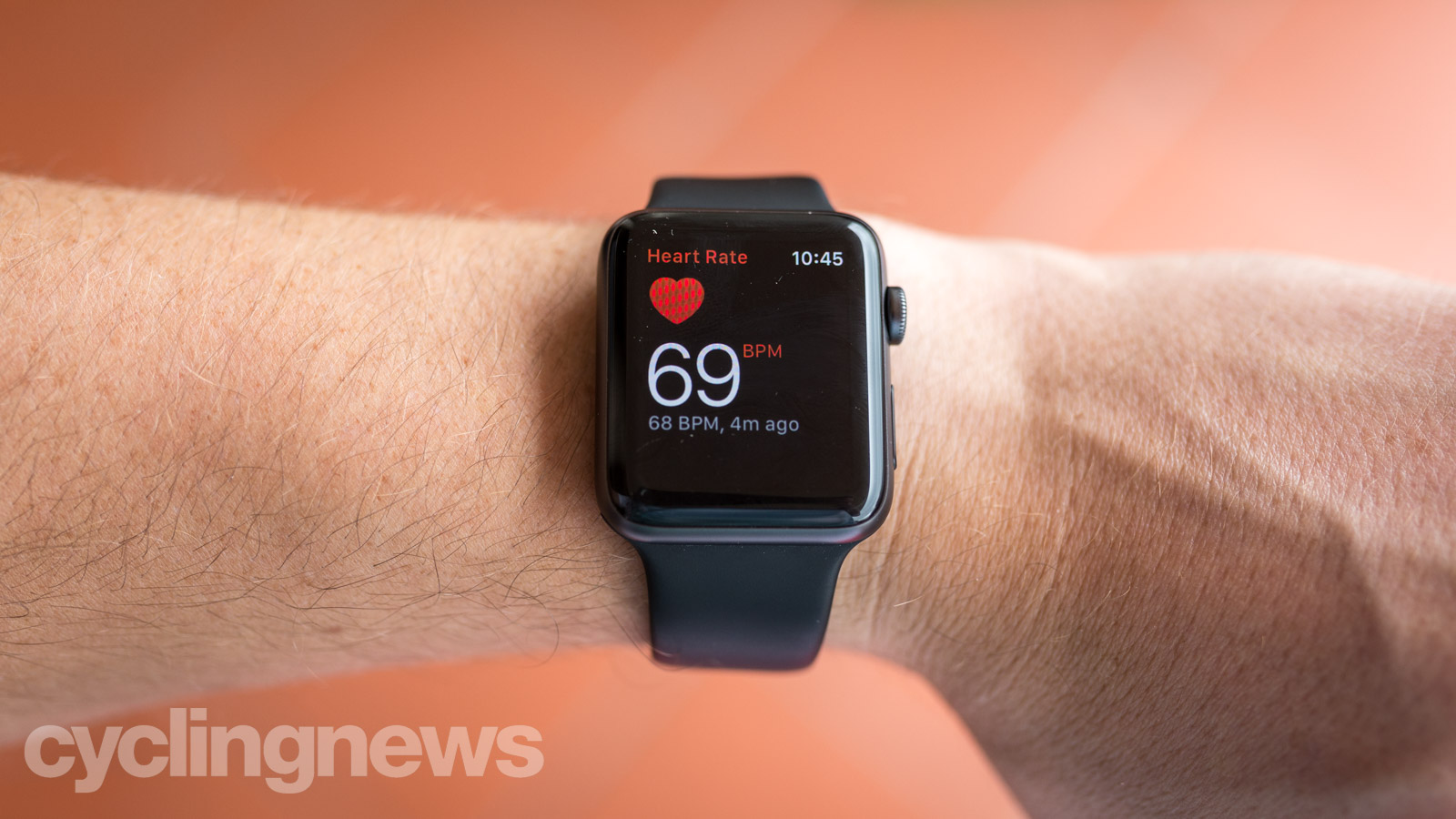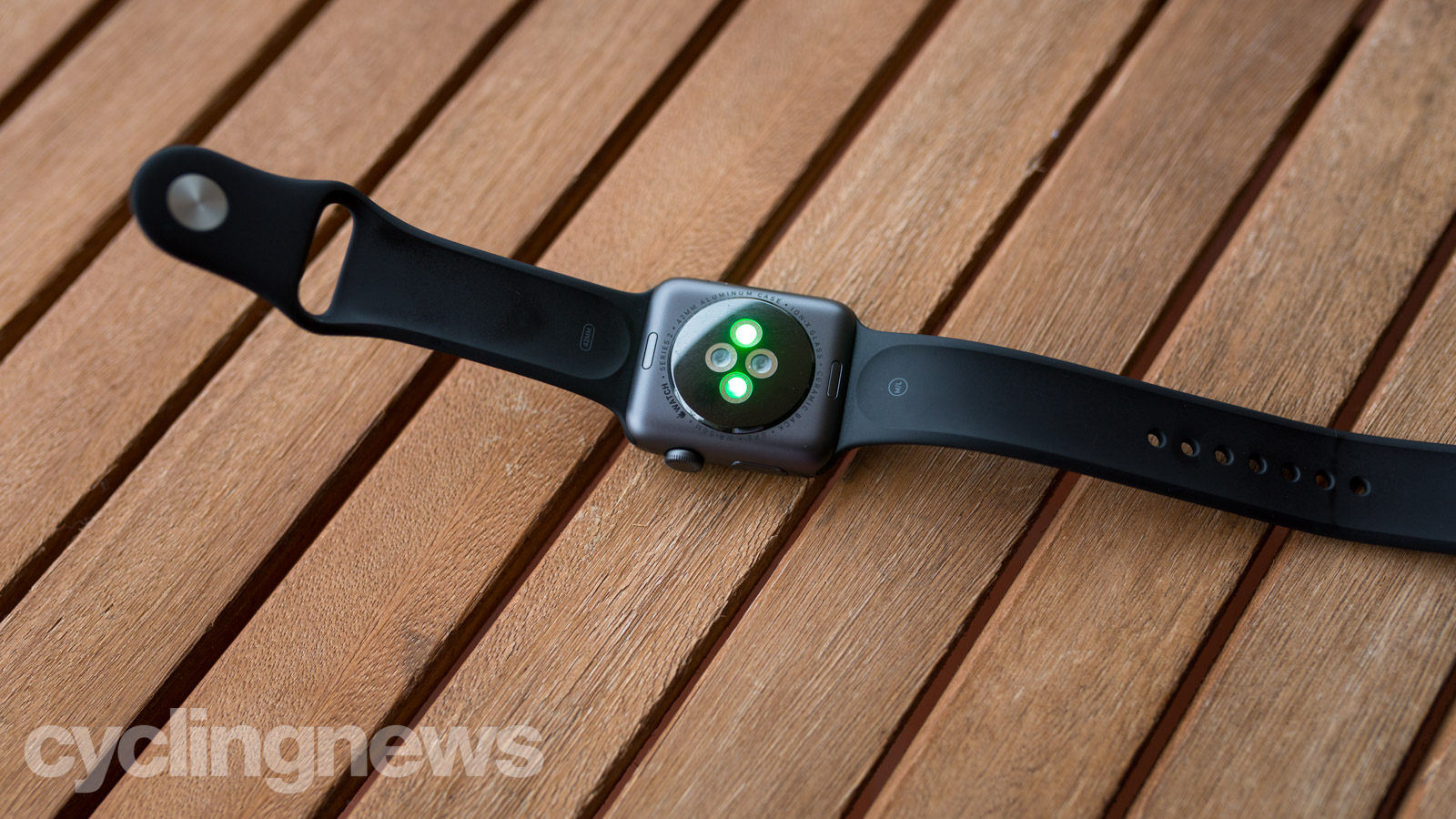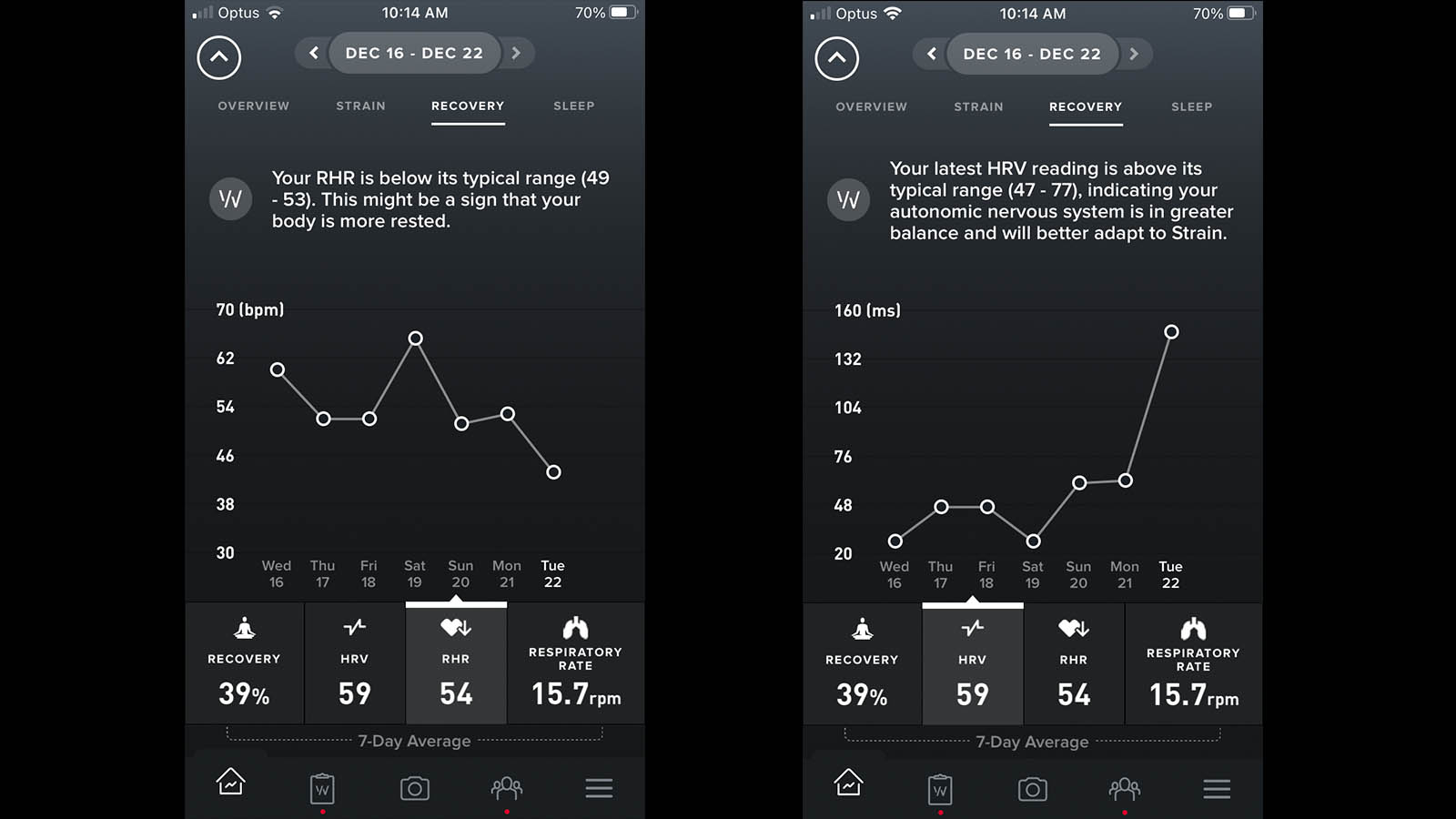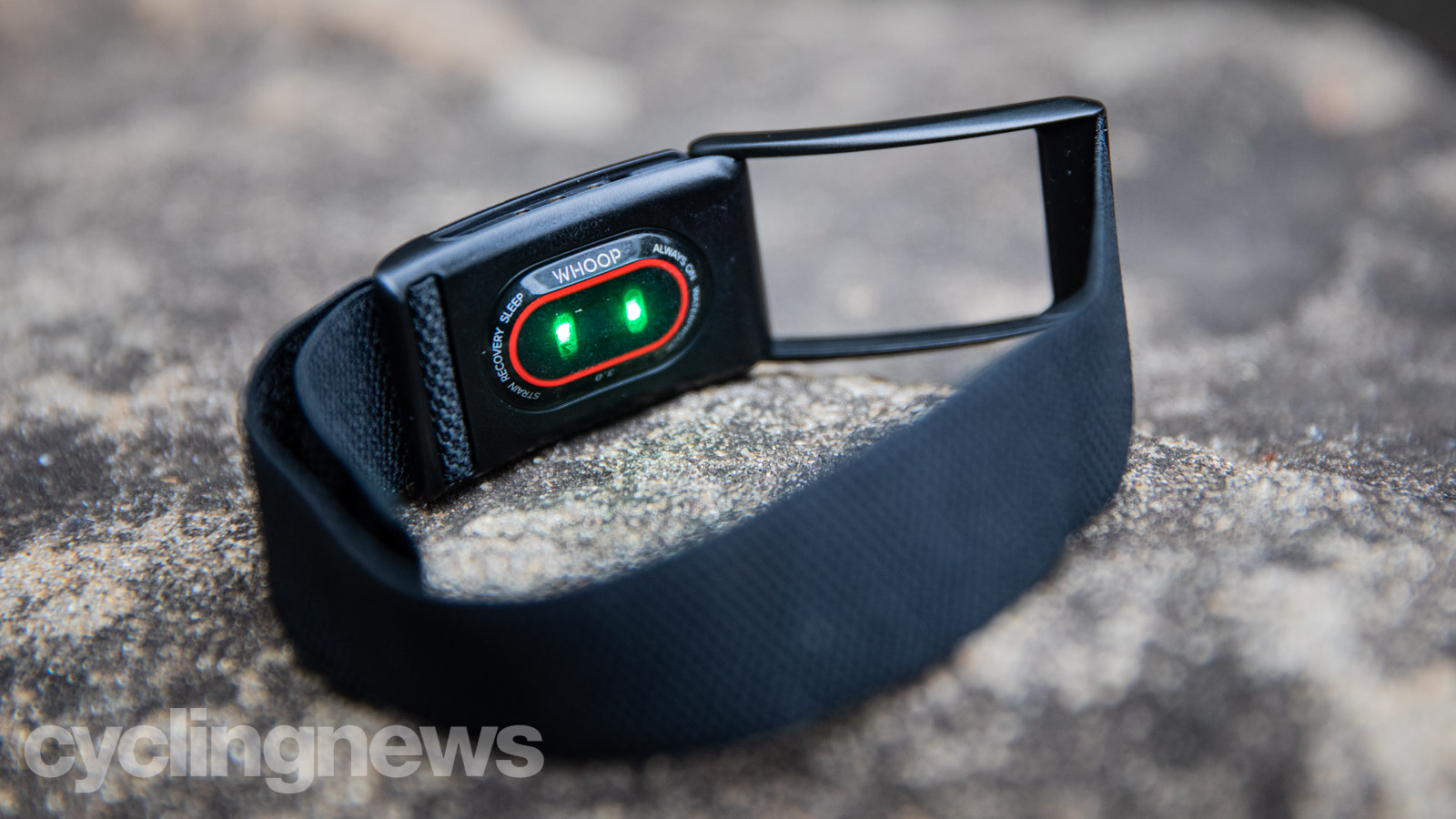What is HRV?
Heart Rate Variability: What is it, and why should you care?

With the advent of 24/7 optical HR sensors appearing on everything from the best smartwatches for cycling to more mainstream wearables and fitness trackers, data points that were typically reserved only for elite athletes are now easily accessible to Jane and Joe Every-rider.
Using a gadget you are probably wearing on your wrist anyway, through the power of a companion app, you can now find out how long you slept, what percentage of that sleep was spent in each sleep cycle, and your resting heart rate. These metrics are all pretty straight forward and provide valuable insights into your state of recovery, but the latest metric that is emerging from these wearables is Heart Rate Variability, or HRV.
Whereas resting heart rate, respiratory rate, and how long you spent in REM vs. Light sleep are all pretty easy to wrap your head around, heart rate variability is quite a bit more complex but offers a robust insight into the state of your nervous system.
What is HRV?

It's a common misconception that your heart beats at a steady pace. By this, we mean if your heart rate is 60BPM, it's not beating exactly once per second, and the interval between each heartbeat will change. The difference may only be a few milliseconds either way, but measurement of the irregularity in these intervals is called heart rate variability.
"Heart Rate Variability provides an assessment of the autonomic nervous system, which regulates your visceral organs, so things like your lungs, heart, your digestives system and so forth — all at the subconscious level," explains Dr. Stephanie Shell, a Senior Physiologist specialising in recovery at the Australian Institute of Sport.
With the heart falling under the umbrella of the autonomic nervous system, the mechanisms that control the rate at which it beats are called the sympathetic and parasympathetic nervous systems.

"When you start a training session, it activates your sympathetic nervous system, which is getting everything ready to go; increasing your heart rate, changing where your blood flow goes for things like heat dissipation and is getting everything working," she says. "When that session finishes and you've transitioned back into rest, that's when the parasympathetic nervous system starts to increase its input and puts you back into recovery mode."
Get The Leadout Newsletter
The latest race content, interviews, features, reviews and expert buying guides, direct to your inbox!
Because heart rate variability is ultimately a measure of your heart rate, it can be influenced by countless stimuli, both internal and external.
"On a day to day basis, it [HRV] can be affected by injury, illness, psychological wellness, the amount and quality of sleep you are getting, life stress, and the types of food and drink you are consuming — there are a lot of things that can influence your heart rate, and heart rate variability," she says.
"For example, if you have a low heart rate variability on a given day, but you also had a bad nights sleep the previous night, and the night before that, it might not be that you aren't recovering, it's more that you're simply not sleeping well," Shell continues.
Shell notes that when we talk about heart rate variability, there are three types of HRV; resting HRV, exercise HRV, or post-exercise HRV. Resting heart rate variability is the most researched metric, and in the context of wearables, it is the data point they are presenting as HRV.
Why does this matter?
If you have a TrainingPeaks account, you will have been introduced to TSS (Training Stress Score), ATL (Acute Training Load) CTL (Chronic Training Load), and TSB (Training Stress Balance), which come together to form your PMC (Performance Management Chart) — and of course WTMA (way too many acronyms).
While these offer an insight into how much stress you're taking on and how your body should be responding to workouts, Fatigue (ATL) and Fitness (CTL) specifically are weighted averages, not actual measurements of the systems inside your body.
This is where HRV comes in, as it's a metric that relates directly to how your nervous system responds to strain and can serve as a meaningful gauge of recovery.
When you wake up in the morning and check your fitness tracker - whether it be something like Whoop, Garmin's Body Battery, Oura Ring or similar - you want to see a high HRV score, which can seem a bit counterintuitive because it's the opposite of resting heart rate.
As Shell explains, the physiological reason behind this goes back to the parasympathetic and sympathetic nervous systems being at odds with one another and continually vying for control.

"Your body is always trying to get back to that recovered state, so when you are in a fatigued state after exercise, it takes longer for your body to get back to 100-percent or near 100-percent, and that affects all your systems," she says.
When your body is struggling to recover, your nervous system will weigh one side giving in more control over your pulse. So when you are in a fatigued state, that generally correlates to a low heart rate variability. Depending on your physiology, fatigue, diet, stress and other factors, your resting HRV can range anywhere from under 20-milliseconds to over 200-milliseconds, and once you have a baseline established you can track changes and the effects workouts, stress and certain foods have.
Everyone's ideal range of heart rate variability will be different, and it's also governed by the accuracy of the device that is measuring it. It's well established that the optical sensors used on wearables can fall short on point-to-point accuracy compared to a chest strap. It’s unlikely that you are going to wear a chest strap to bed under normal circumstances — but no judgement if you do — so no metric spit out by an wrist-based optical sensor should be taken as gospel.

While some are pitching HRV as the gold standard of recovery, Shell points out a low HRV reading on its own does not form the entire picture freshness of fatigue; it merely forms one more piece of the puzzle to help you make decisions on your training load. It’s also one of the few data points that offer an insight into what’s happening inside your body, and the more information you have other than simply training by feel will help you to optimize your training, and help you get faster.
Based on the Gold Coast of Australia, Colin has written tech content for cycling publication for a decade. With hundreds of buyer's guides, reviews and how-tos published in Bike Radar, Cyclingnews, Bike Perfect and Cycling Weekly, as well as in numerous publications dedicated to his other passion, skiing.
Colin was a key contributor to Cyclingnews between 2019 and 2021, during which time he helped build the site's tech coverage from the ground up. Nowadays he works full-time as the news and content editor of Flow MTB magazine.